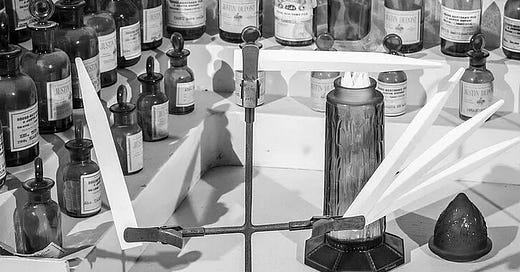Creating a perfume organ is a deeply personal and rewarding process. Whether you're a natural perfumer or a seasoned aromatherapist, a perfume organ serves as your aromatic library: a curated collection of essential oils, absolutes, resins, and extracts that you can draw upon to formulate new blends, explore olfactory synergies, or simply train your nose. The best part? You don’t need a massive budget or hundreds of rare ingredients to begin.
This post introduces three key approaches to organizing your materials: the physical perfume organ, the index card organ, and the intuitive organ. You’ll learn how each method serves different goals, budgets, and creative processes, and how they can support your development as a scent artist. We’ll also look at how blending these systems can offer greater flexibility and deepen your connection to your materials.
What Is a Perfume Organ?
A perfume organ is your personal scent archive, a practical tool and a creative companion. It’s an organized system of aromatic materials, whether physical or paper-based, that supports you in building, refining, and envisioning fragrance compositions. The term “organ” comes from its traditional tiered or arched layout, which often resembles a church organ, however, in reality, it can take any shape or form that best fits your workflow and available space.





